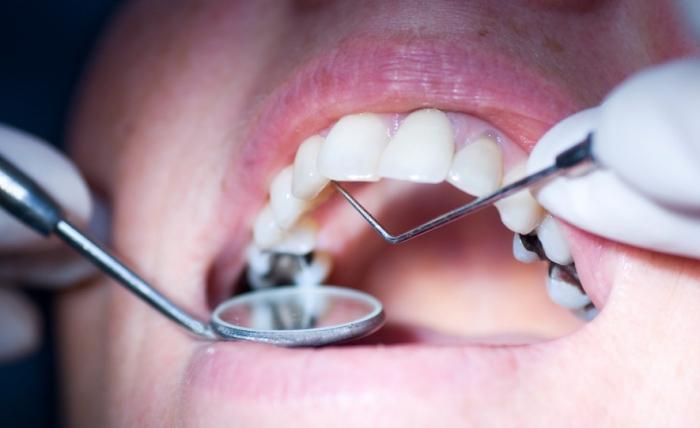The dentist has a significant selection of materials for filling, for various purposes. This diversity provides him with the opportunity to choose a more suitable option for a particular patient. According to the principle of action, filling materials are permanent and temporary.
In those cases when it is required to perform restoration of the tooth shape, permanent filling materials are used. They should have the following qualities: have resistance to mechanical stress (for example, to chewing actions), to the action of saliva and juices that are secreted by the digestive system, have plasticity and do not change the volume and shape for a long time, do not have a harmful effect on soft tissue of the oral cavity, freely penetrate into the filling cavity at the site of caries formation, have good adhesion to dental dentin and a color corresponding to the color of a natural tooth. Compomers, composites, cements, amalgam, plastics belong to permanent filling materials.

Composites are similar to suspensions in an environment of organic origin, having a viscosity of inorganic substances, which gives it the necessary properties. Composites and filling materials for root canals are divided into hardenable materials using a chemical reaction or a special halogen lamp. Composites are difficult material in the process of work; to work with them, you must have experience and special training.
Composite filler is able to possess particles of different sizes, which makes it possible to divide it into the corresponding classes:
- macrophiles with large filler particles give composites a greater strength value, but slightly reduce their property of adhesion to the surface of tissues;
- microfiles with filler particles of not very large dimensions are distinguished by their excellent property of polishability, but of limited strength - they are used to install medium fillings on the teeth in front;
- hybrids are a combination of large-sized barium glass particles and small silicon particles, they are close in characteristics to hard dental tissues, in frequent cases are used to install fillings, meet all the requirements for filling materials.
More successful dental filling materials are compomers that combine the qualities of a hybrid composite with glass ionomer cement. They have reliable adhesion to hard dental tissues, excellent biological compatibility with body tissues, have the ability to concentrate fluorine, and have improved aesthetic properties such as transparency and color, so they are suitable for filling any tooth.
Amalgam coating - coating with an alloy of mercury with silver or certain other metals, is characterized by an increased value of strength and reliability, ductility, resistance to the action of digestive organs enzymes, it is characterized by bactericidal properties (destroys bacteria).